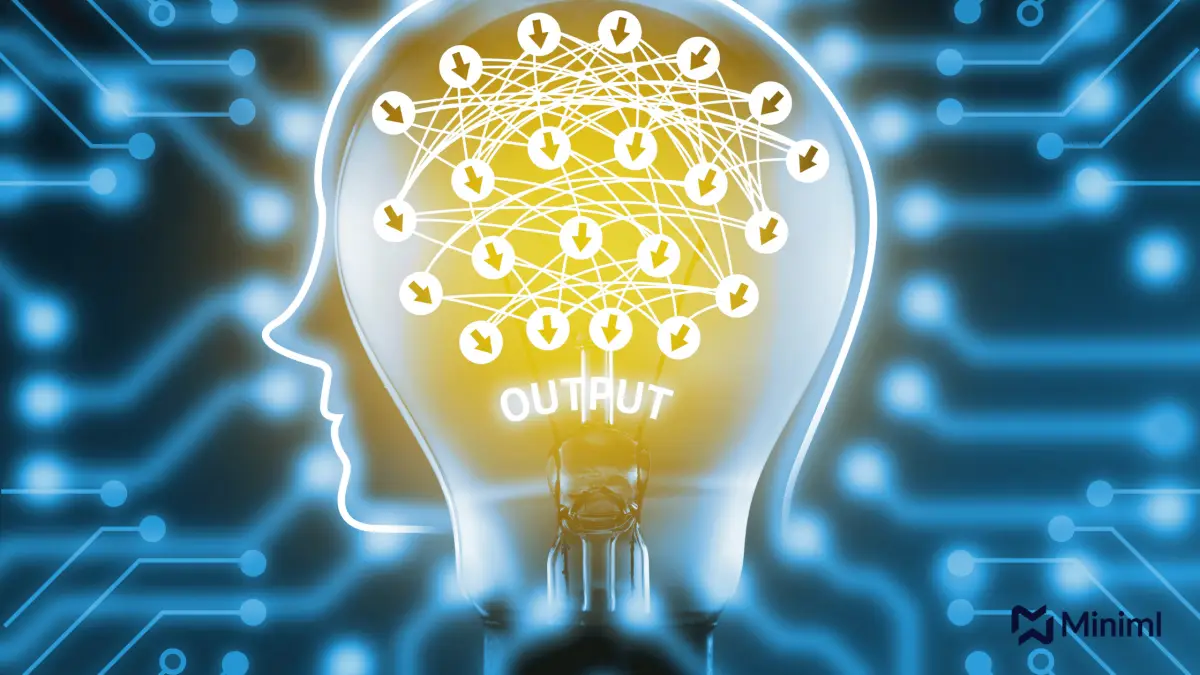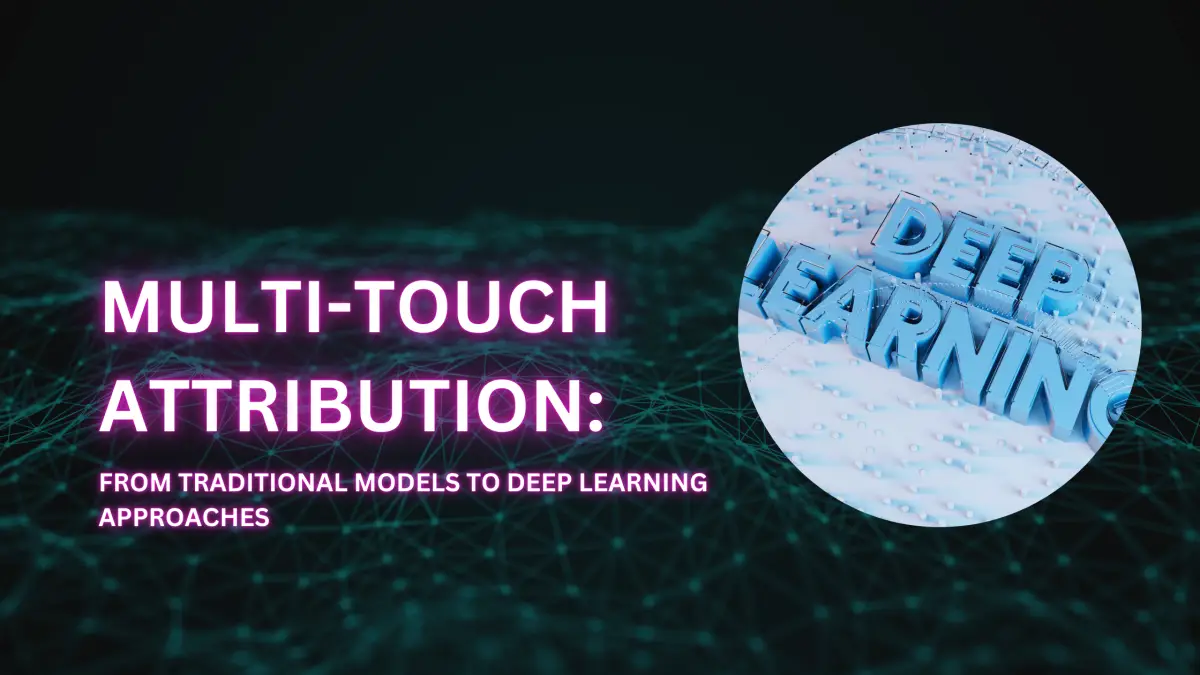Multi Touch Attribution: In the ever-expanding digital marketing world, understanding the real value of each customer touchpoint is no longer optional it’s essential for making informed decisions about budget and strategy. Multi-touch attribution (MTA) offers a structured way to evaluate how different interactions influence a buyer’s journey, from the first ad impression to the final purchase.
While older, rules-based models have served as a foundation, they often oversimplify complex customer behavior. Recent advances in data science have made it possible to take a more refined, data-driven approach. By combining statistical techniques with advanced modeling, businesses can gain a far clearer picture of what drives conversions.
This guide explores how attribution has evolved from traditional models to advanced deep learning techniques, along with practical insights for businesses considering this transition.
What is Multi-Touch Attribution?
Multi Touch Attribution is a method of assigning credit to the different marketing channels and interactions a customer encounters before making a purchase. Unlike single-touch models where all credit goes to the first or last interaction MTA spreads recognition across multiple touchpoints, reflecting the real-world complexity of decision-making.
The main aim is to help marketers:
- Understand which channels and messages play the biggest role in influencing a decision.
- Allocate budgets more effectively.
- Improve the return on marketing investment by focusing on high-impact touchpoints.
For example, a customer might first see a display ad, click an email link, read a blog post, and then search for your brand before buying. MTA tries to map this sequence accurately and fairly.
Traditional Multi Touch Attribution Models
Traditional attribution models use pre-set rules to assign value. They are easy to understand but can oversimplify buyer behavior. Common types include:
1. Linear Attribution
- How it works: Equal credit is given to all touchpoints.
- Example: If four interactions occur, each gets 25% credit.
- Strengths: Simple to implement, fair in evenly weighted journeys.
- Weaknesses: Doesn’t differentiate between more and less influential actions.
2. Time-Decay Attribution
- How it works: Interactions closer to conversion get more credit.
- Example: A click two days before purchase might be weighted more than an ad viewed three weeks prior.
- Strengths: Reflects the influence of recent actions.
- Weaknesses: Can undervalue early-stage awareness-building activities.

3. Position-Based Attribution
- How it works: The first and last interactions get the largest share, with the rest divided among the middle touchpoints.
- Strengths: Balances initial awareness and final conversion steps.
- Weaknesses: Still assumes a fixed influence pattern, which might not hold true for all customers.
4. U-Shaped and W-Shaped Models
- U-Shaped: Heavy credit to first and last touchpoints, light credit to others.
- W-Shaped: Credit is split among first, key middle, and last interactions.
- Strengths: Acknowledges multiple critical points.
- Weaknesses: May miss subtle contributions from other interactions.
The main challenge: These models rely on assumptions about how customers behave rather than actual behavioral patterns. In a world of fragmented journeys across devices and platforms, this can limit accuracy.
Why the Shift Toward Data-Driven Attribution?
As marketing channels multiply, rules-based models struggle to keep pace with the complexity of real buyer behavior. Customers now interact with brands through search engines, social media, email, apps, and offline events, often in unpredictable sequences.
Key reasons for change:
- Fragmented customer journeys across multiple platforms and devices.
- Cross-channel influence where the impact of one channel depends on another.
- Real-time expectations for measuring and adjusting campaigns.
Data-driven models adapt to changing customer behaviors and uncover patterns that static models might miss. This evolution sets the stage for deep learning approaches.
Deep Learning Approaches in Multi Touch Attribution
Deep learning offers a more flexible and powerful way to model customer journeys. Instead of relying on pre-set credit rules, these methods learn from historical data to predict the probability of conversion based on the sequence of interactions.

Key Techniques in Deep Learning Attribution
- Sequence Models (RNNs, LSTMs, Transformers)
- These models are built to understand order and context, making them ideal for modeling customer journeys over time.
- They can identify the relative impact of each interaction and how it depends on previous actions.
- These models are built to understand order and context, making them ideal for modeling customer journeys over time.
- Attention Mechanisms
- Attention layers allow the model to focus more on the most influential touchpoints in the sequence.
- This approach provides transparency, helping marketers see which interactions were most decisive.
- Attention layers allow the model to focus more on the most influential touchpoints in the sequence.
- Embedding Representations
- Channels, devices, and campaigns can be represented as embeddings, capturing subtle relationships between them.
- Channels, devices, and campaigns can be represented as embeddings, capturing subtle relationships between them.
- Probabilistic Output
- Deep learning models can output the likelihood that a given sequence of interactions will lead to a conversion, offering predictive insights.
- Deep learning models can output the likelihood that a given sequence of interactions will lead to a conversion, offering predictive insights.
Benefits of Deep Learning for Attribution
Deep learning attribution can bring:
- Higher accuracy in identifying impactful touchpoints.
- Dynamic adaptability to evolving customer behavior.
- Better forecasting of campaign outcomes.
- Scalability to handle large, complex datasets from multiple channels.
These benefits mean marketers can make decisions based on observed patterns rather than assumptions.
Challenges and Considerations
While deep learning brings powerful capabilities, businesses need to be mindful of certain challenges:
- Data quality: Missing or inconsistent data can affect results.
- Integration: Attribution data often comes from multiple systems that need to be combined.
- Privacy compliance: Regulations like GDPR and CCPA require careful handling of personal data.
- Interpretability: Complex models can be difficult to explain, making buy-in harder for non-technical stakeholders.
Transitioning from Traditional to Deep Learning Attribution
Shifting from rules-based models to deep learning takes planning and clear steps.
Suggested roadmap:
- Audit your current approach – Identify what’s working and where gaps exist.
- Unify your data sources – Combine CRM, analytics, and marketing platform data into a single dataset.
- Select the right technology partner – Look for expertise in custom model development and deployment.
- Test before full rollout – Compare traditional and deep learning results on the same dataset.
- Train teams – Ensure marketing teams understand how to interpret and use model outputs.

Conclusion & Future Outlook: Multi Touch Attribution
The path from traditional multi touch attribution models to deep learning-based approaches reflects a broader shift in marketing away from one-size-fits-all assumptions toward evidence-driven decision-making.
While traditional models are still valuable for quick, easy-to-understand insights, deep learning offers a way to capture the full complexity of customer journeys. As data volume grows and customer pathways become more intricate, businesses that adapt their attribution strategies will be better positioned to make confident, profitable decisions.
For organizations ready to explore what deep learning can offer in attribution, working with an experienced partner can make the difference between a promising concept and a measurable business outcome. Miniml helps clients design and implement attribution systems tailored to their industry, data, and goals turning complex journeys into clear, actionable insights.








